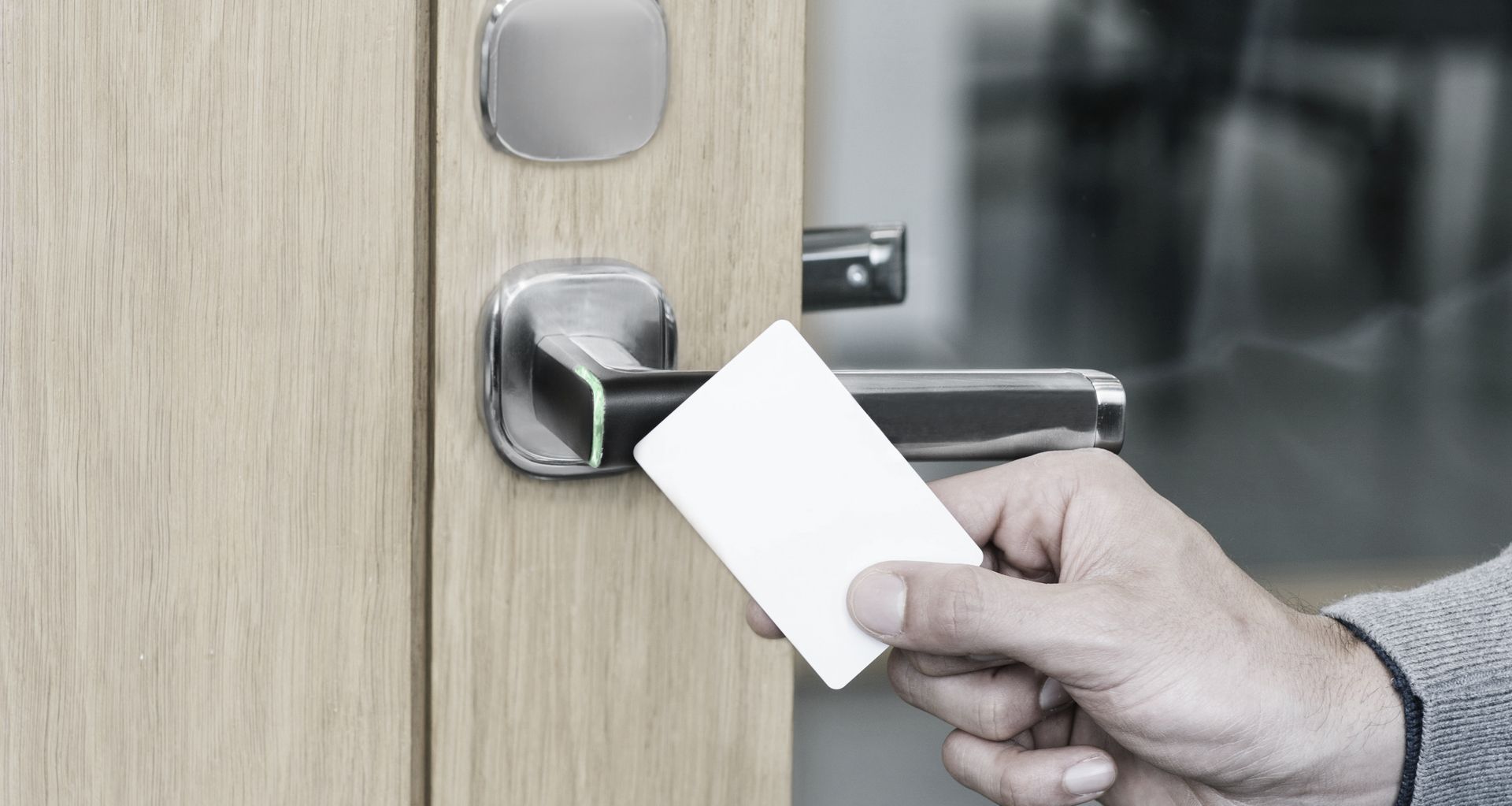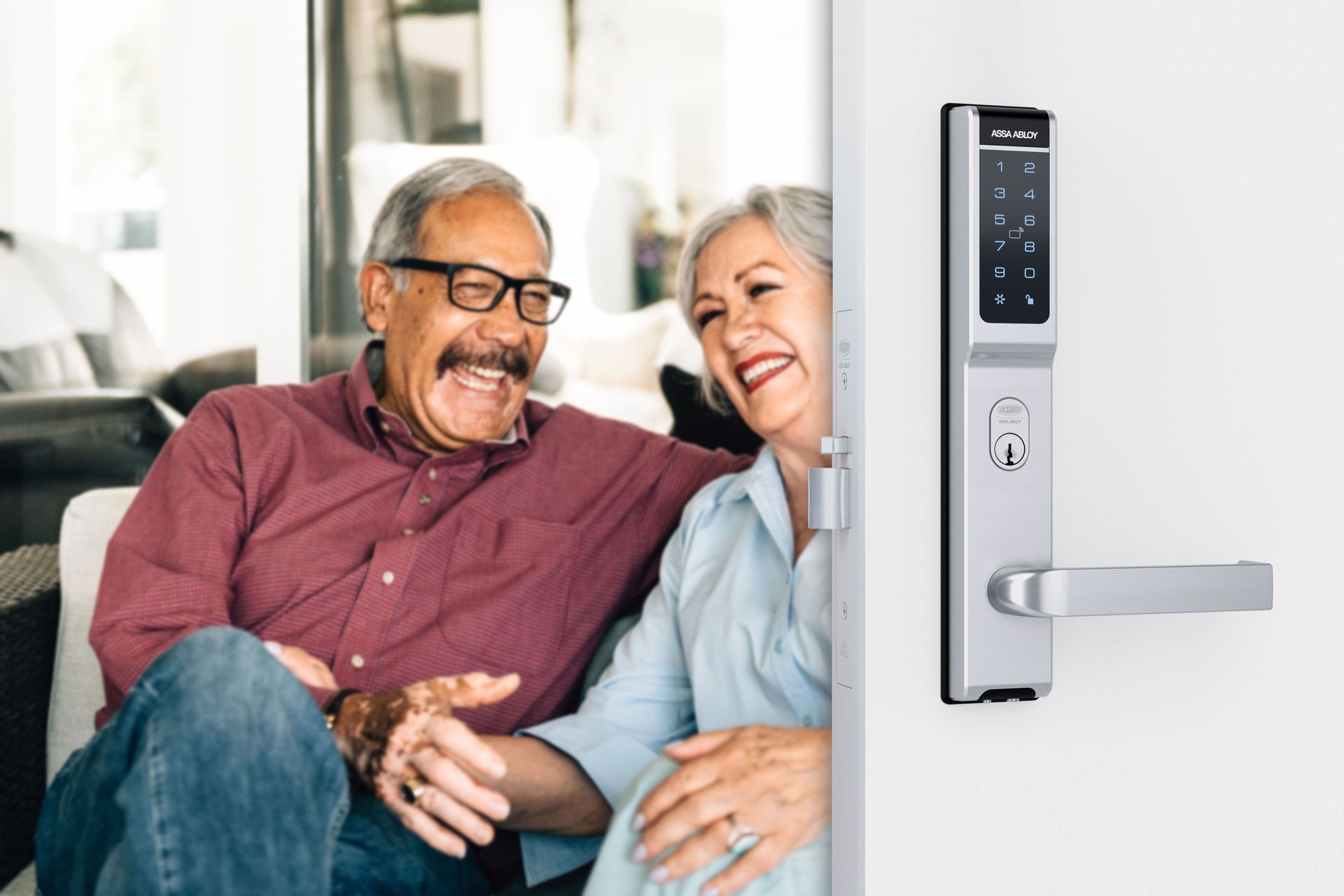How a simple wireless access control solution can transform new and retrofit projects
Written by
06 September 2022
•
4 min read


In the age of smartification, nowadays security systems often come with an expectation that convenience is part of the package. Simplicity and user-friendliness is integral to a good security system, and this translates to improving an existing system that employs access control, like a standard card-key system for an office.
On average, only 10% of doors are managed by access control in this scenario – the remaining 90% are unsecured. But what if a commercial building wanted to bring these doors under the umbrella of the existing access control system? Ordinarily, this would be a significant undertaking, requiring complex installations and individual integrations.
Enter ASSA ABLOY’s Aperio technology. Designed specifically to complement existing access control systems, it provides a simple way to upgrade the controllability of every unsecured door in a building – and thus, heighten the overall security of the premises.
A wireless solution that streamlines installation and control
Todd Ryan, part of the electronic locking solution team at ASSA ABLOY, explains the ins and outs of the technology.
“Traditionally, access control is hardwired – meaning it’s disruptive and expensive,” says Todd. “This makes installation a nightmare especially, requiring ladders and wiring through ceilings and walls.
“But with Aperio, if you can walk up to a door and touch it, you can fit a wireless Aperio lock to it. That then communicates to what we call a ‘hub’, a small device usually fitted close by on the ceiling, which then connects to the existing access control system.”
This not only streamlines installation, but also seamlessly integrates into most systems – no matter the manufacturer. The technology was developed around an open standard, meaning doors can be upgraded to the existing access control apparatus in most cases.
It was also designed to be as straightforward as possible. “When an end-user is using it, it operates just as a normal door,” says Todd.
“There are no new interfaces or keys, no new layers that the end-user needs to learn to get up and running. The same authority is applied to the Aperio wireless locks as is applied to the existing hardwired doors.”

The many use-cases of Aperio
The ease of installation and low relative complexity in applying the technology in bulk has filled specific gaps in several markets. For example, ASSA ABLOY often installs Aperio locks into hospitals and other buildings managed by DHBs, often because drug cabinets necessitate their own dedicated locks.
“We’ve installed Aperio on individual safes in medical settings, which means only specific people can access them – as opposed to the more traditional system of having drugs more freely available in a room behind a controlled door,” says Todd.
“There’s also a full audit trail available through the access control system, so it’s possible to discern who entered or opened a door or lock.”
This principle can be applied across multiple different settings, where security is paramount and an audit trail is needed – for example, data centres, schools, aged care facilities and more.
“For schools, it helps prevent and investigate theft – Aperio locks can be fitted to student lockers, for example, where controllers can see who exactly has requested access to each locker.”
There’s also an extra layer of security offered by Aperio, especially when it comes to aged care facilities or student accommodation. Aperio-enabled doors in these buildings can be programmed to create a report if a resident has entered a room but not subsequently exited a room after 12 hours, allowing staff to check on residents in case they need assistance.
“It doesn't impinge on anyone's privacy or what they're doing if they come and go – but if it detects something out of the ordinary compared to its usual usage, it quickly pings the access control system,” says Todd.
Armed with these benefits and more, it’s hard to discount Aperio technology as a game-changer in securing buildings in these categories, Todd says.
“It changes the access control discussion from being solely about securing a door,” he says. “With medical cabinets, the technology bolsters security with an audit trail. With aged care, it can help shorten response time if a resident has suffered a fall, for example.
“Operators of the system have all this information, which makes Aperio not only a security solution, but a health and safety solution too.”
Learn more about ASSA ABLOY and its Aperio technology.
